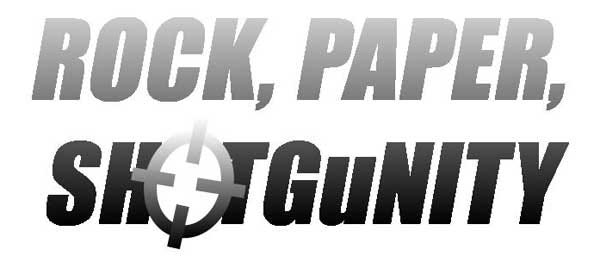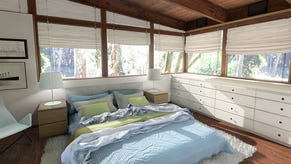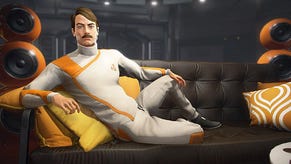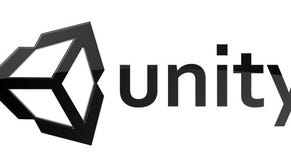Rock, Paper, Shotgunity, Part Two
Oooh exciting! The first ever build of what critics are literally calling “that thing Carey's made” is here. Rock, Paper, Shotgunity is ALIVE!
Those who don't read RPS every day might not have noticed we're making a game using the newly-free Unity development suite. So to explain: twice a week for the next two months I'll be posting about my experiences with the tools. This first week my aim was simply to get to grips with the suite, create a test environment and get one of our three super-duper weapons working. How did that go? Find out below.
Well it turns out that aim was pretty humble. Unity Technologies are right to be proud of the suite's visual nature, it's ease of asset integration and rapid prototyping capabilities. I started the week with a blank canvas and a head full of partially-digested tutorials and I've been amazed by how quickly I've been able to produce something that works. Now bear in mind I'm coming to this completely fresh, with no prior coding experience and only the gentlest tickling with a .02 brush of the modding scene, but lord help me if I haven't actually got something playable already.

Now clearly this first build is no work of art - or even much craft - but it does demonstrate that the complete novice can make headway very rapidly using the Unity tools. It's been possible because Unity does a fantastic job of managing assets, importing from external tools with zero fuss, taking the assets you're producing and updating your game scenes on the fly. For example, as well as not being a coder, I'm also not a modeler (you wouldn't believe the number of things I'm not) so I've been using Google Sketchup to create all my geometry. Sketchup is the Lego of the internet, designed from the outset to demystify the 3D modeling world and put creative power in the hands of newbies. It's a perfect companion to Unity in this sense, there's a good mirroring of approach going on - powerful tools of digital creativity being rethought from first principles. Using Sketchup and a great lightmapping plugin called LightUp I've been able to forge complex and efficiently lit levels from nothing in minutes, export them over to Unity in seconds and be running around in these new environments before the tea's cool enough to drink. Unity's perfectly capable of generating environments itself of course (with built in terrain and lighting tools which I'll talk more about in future posts) but it's in combining these external apps and internal tools where Unity really begins to show its power.
Even so - despite it's user friendliness and because I'm a dullard - time and again this week I've started looking for a third-party solution to a need before discovering that Unity could do it all for me. A simple example would be that I started generating bumpmaps for my textures using nVidia's bumpmapping plugin for Photoshop before realising that Unity could create them automagically in each textures' properties. A more complex example would be animating the baddies and the shotgun, which at first I struggled to do with Blender before finding things were far, far easier with Unity's built in animation tool... Clearly, picking the right tool or external app for the job is going to be the name of the game as the project rolls on...

Now, at this point you might be looking at the simple maze-like nature of the first build and thinking that in spite of the above lyrical wax thing look a little basic, but that's by choice not necessity. I began by creating much more complex scenes (see shot below) and had produced a great chunk of virtual world in very little time before realising it just wasn't needed - or helpful - at this stage. I was putting on the sequined-frock before I'd learned how to dance or even what the dance would be.. But then that's the point. By making things so quick and painless Unity frees you from the agony of investment, it's OK to just experiment, to monkey around and rapidly iterate until the shape of things begin to form. It's pure creative exploration, it's play. It's an exhilarating experience for a newcomer, the fertile plains of creative potential are rolling out in front of me and they seem suddenly, surprisingly, and wonderfully accessible.
A more detailed discussion of the development process is going on in the forums where, rather pleasingly, scores of creative RPSites more capable than I are coming together in a great communal development hug to produce art, code and ideas for the Shotgunity project. Why not join them?
This ongoing series is being written by RPS comrade in righteousness, James Carey. Responsibility for developing the RPS game lies largely with him, although we’re all going to be poking our fingers into the fatty underbelly of his design. It’s a dirty job, etc.







